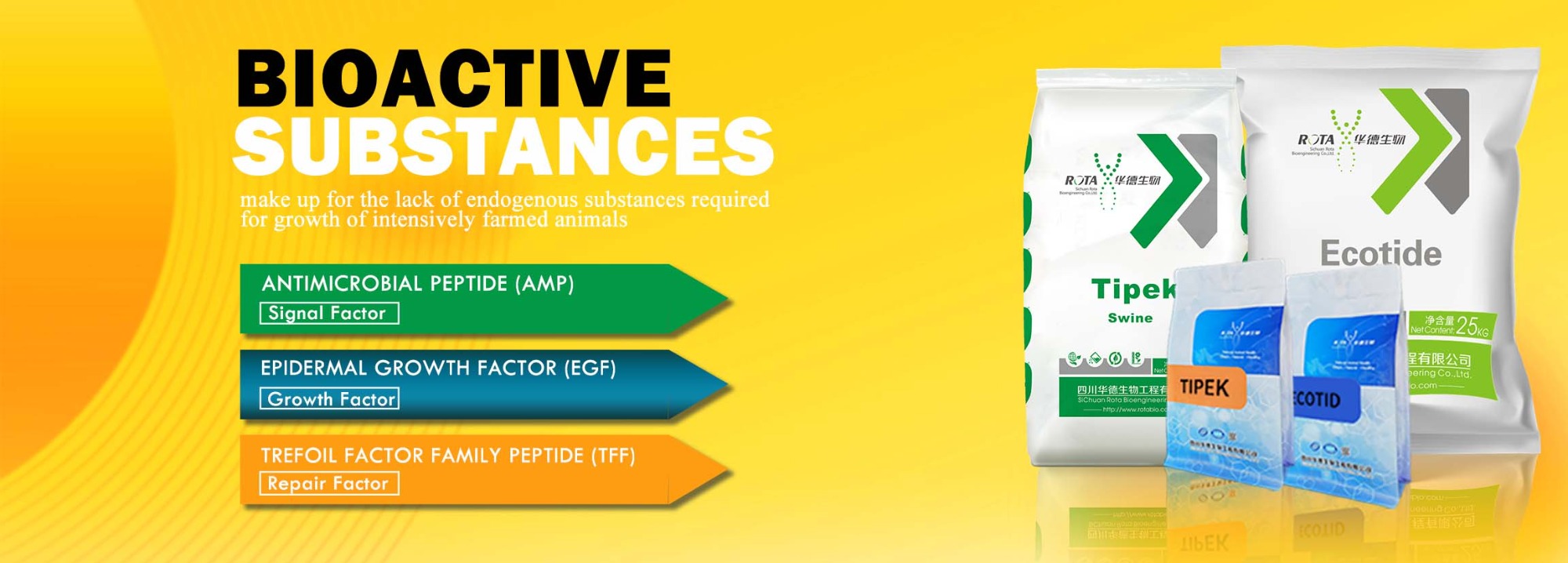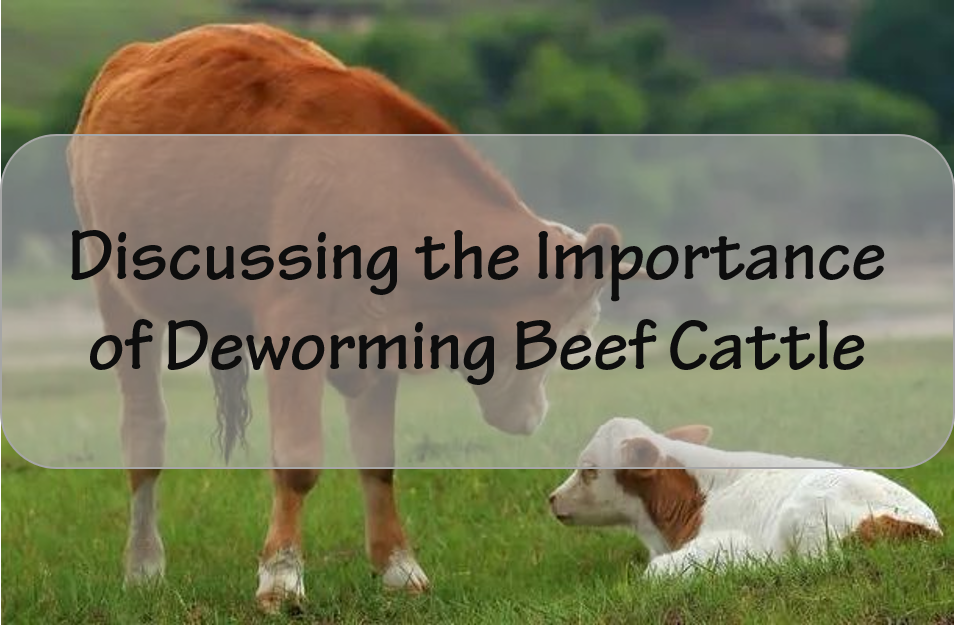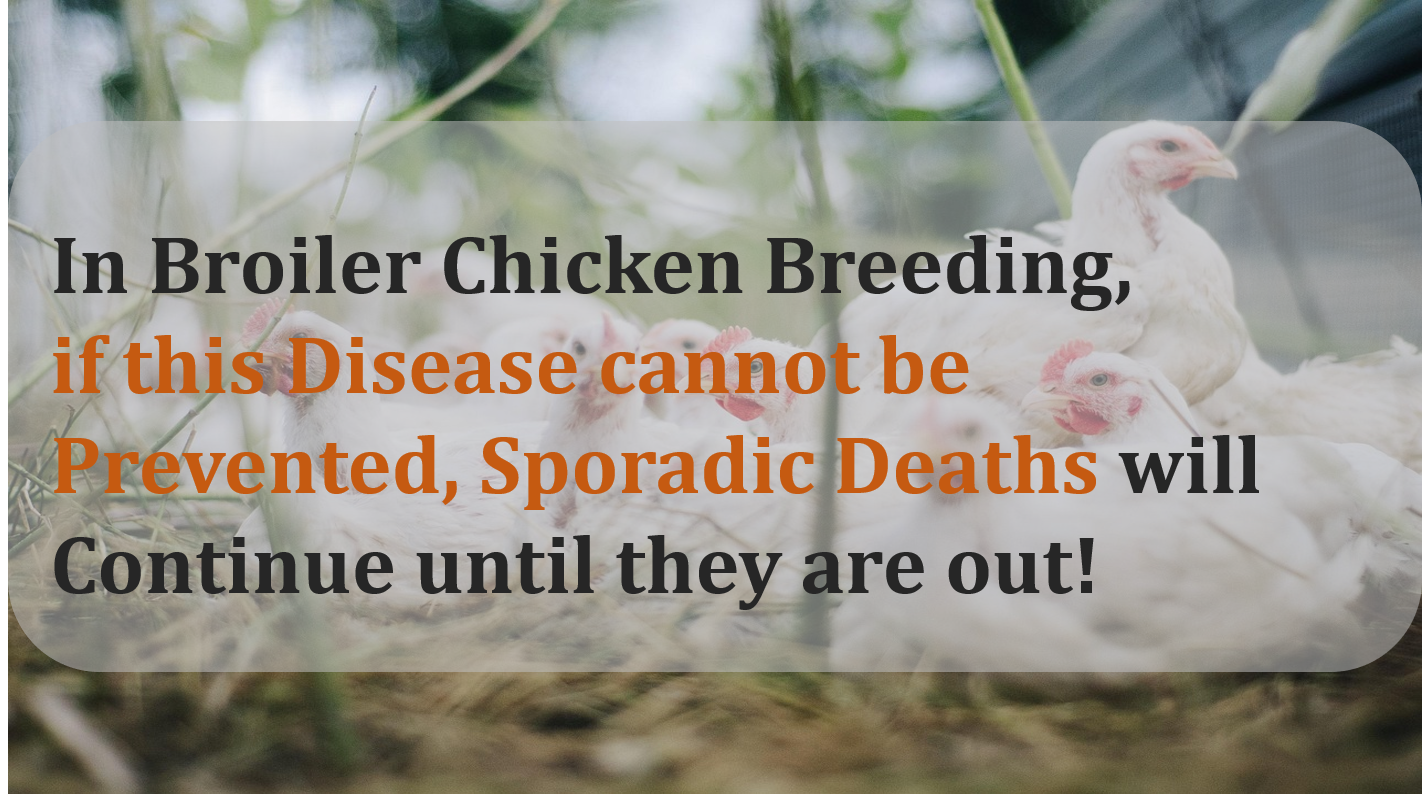| Milk-Born Bioactive Peptide-EGF and Its Intestinal Protection--ChapterⅡ EGF and HB-EGF in Developing Gut |
| EGF--Epidermal growth factor was isolated for the first time in mouse salivary glands and was recognized for its ability to accelerate teething and eye opening in mice. Human EGF was first detected in urine and was subsequently detected in many tissues and body fluids. EGF is resistant to heat and acid, and can produce a series of life reactions involved in regulating cell replication, transport and survival. In the intestine, EGF can enhance the proliferation and differentiation of epithelial cells, and has a significant effect on the repair of the damaged intestinal mucosa and intestinal adaptation. The fetal gut is exposed to EGF in the amniotic fluid. The concentration of EGF increases significantly in the amniotic fluid during pregnancy and reaches a maximum in late pregnancy. The main source of intestinal EGF in postpartum is breast milk.   Human milk-EGF levels are highest on the first day after delivery (approximately 100 ng/mL) and gradually decrease during the first month of lactation. Interestingly, EGF levels in the breast milk of preterm infants were 50-80% higher than those in the breast milk of term neonates. Although the physiological relevance of these findings is unclear, it is understood that elevated levels of EGF in breast milk may be an indicator of breast milk protection against neonatal intestinal diseases, such as NEC. However, all existing infant formulas on the market do not contain EGF. Therefore, the gut development of preterm and non-lactating neonates is likely to miss long-term exposure to this bioactive factor (late gestation and early postpartum). This could also explain the susceptibility of neonates to intestinal diseases such as NEC. Resource and Reference: J Pediatr. 2010 February ; 156(2 Suppl): S31–S35. doi:10.1016/j.jpeds.2009.11.018.  |
 Discussing the Importance of Deworming Beef Cattle
Discussing the Importance of Deworming Beef Cattle
 In broiler chicken breeding, if this disease cannot be prevented, sporadic deaths will continue until they are out!
In broiler chicken breeding, if this disease cannot be prevented, sporadic deaths will continue until they are out!
 Cattle and Sheep 100 Questions Ⅱ
Cattle and Sheep 100 Questions Ⅱ
 Cattle and Sheep 100 Questions Ⅰ
Cattle and Sheep 100 Questions Ⅰ